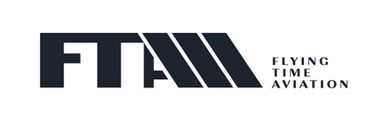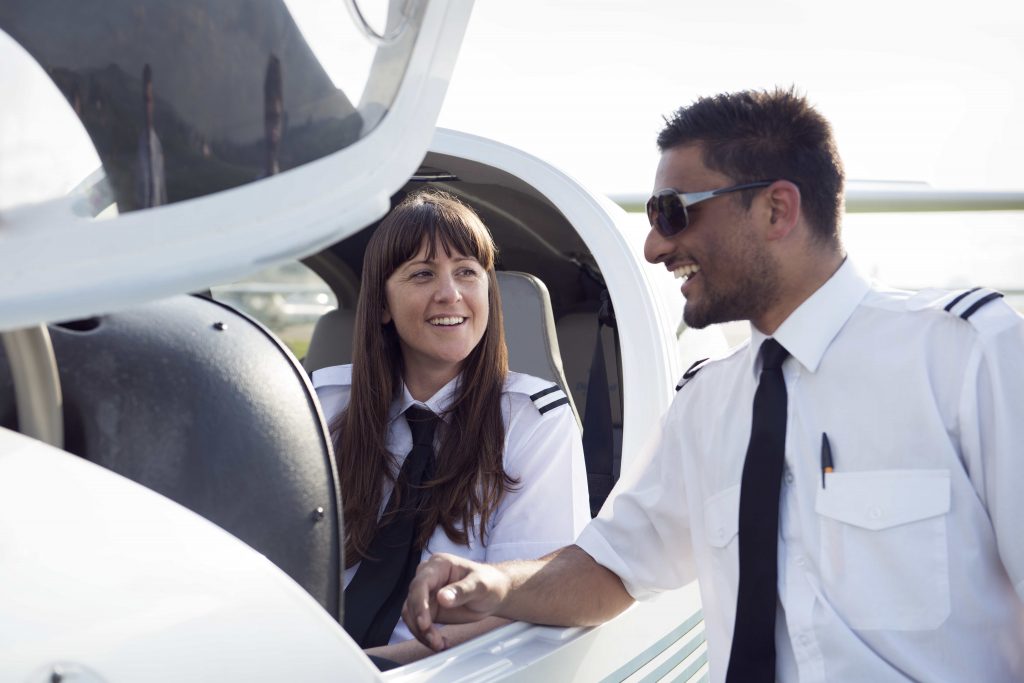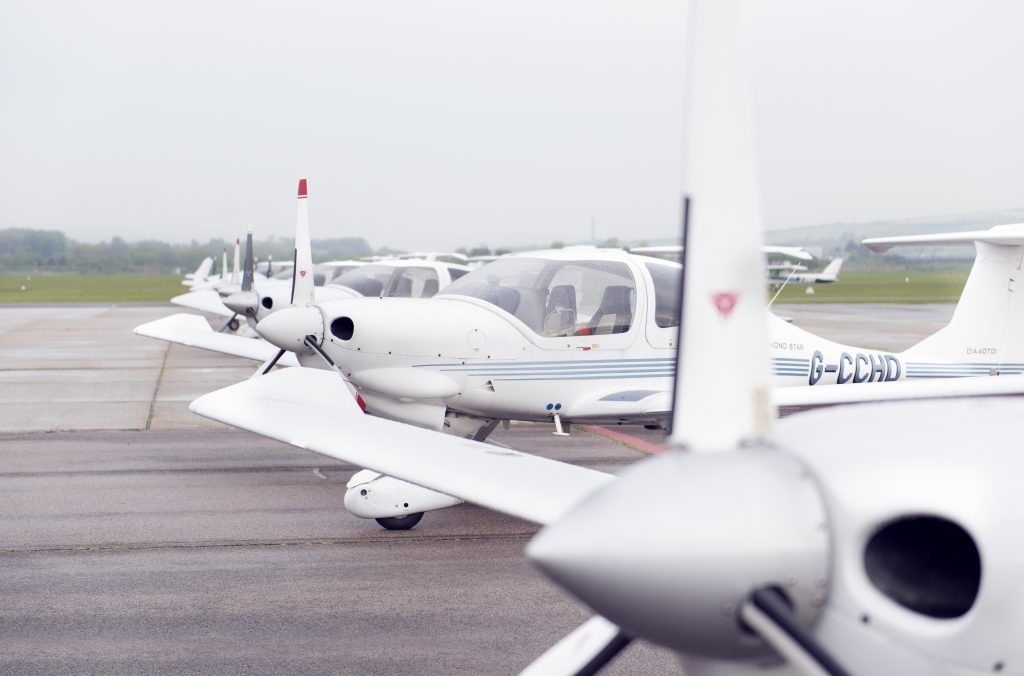Jonathan Candelon, Managing Director of FTA, presents important tips on what to consider when looking for a flying school
Flying is one of the most rewarding, exhilarating and enjoyable experiences you can have. But with so many commercial pilot training schools out there, how do you find the right one for you? The best way to choose a school is to go and visit. Each school offers a different training environment and facilities, plus the courses may vary in terms of structure. Decide which course you want to do, research and asks lots of questions. But before you arrange your visit, here are some other things to consider.
- UK or Overseas training – Consider the location that will make you a better pilot
Think carefully about where you’ll learn to fly. Whilst it’s appealing to learn in a hot country with perfect weather and empty airspace, if you’re looking to fly in some of the most crowded airspace in the world and in the highly-varied weather conditions that the UK offers, then you may want to think about training in the environment that you’ll ultimately work in. For example learning to fly in busy London airspace will challenge you and make you a better pilot.
- Career development
It’s important to look for a school that offers additional career development support on successful completion of the course, including CV development and interview practice. Good flight instructors work hard to help students achieve the best results they can but it’s even more important to help students to be the best pilot possible – a key way to impress a prospective airline employer. Always think about the factors that make you stand out from a crowd; a good school will help you to win in an interview situation against other equally qualified candidates.
Also check out the stories of former students; employment statistics can be carefully presented so research where students went after completing their course. Whilst airline cadet schemes can offer a useful route, your employment aims may change as you progress through your training course. You may want to become a bush or barefoot pilot, for example – it’s not always about flying for the major airlines.
Or you may dream of working for an unusual, smaller or exotic airline, so look for a school that maximises your options, if choice or variety is important to you. Don’t limit yourself – remain open to all options. It’s also important to research the airlines that appeal to you; how many first officer cadets will they actually take this year? It might surprise you to know that Ryanair, for example, is looking to recruit around 500 pilots in 2015, where other airlines may only take a handful of cadets this year.
- Fleet and Simulators – Access the best equipment and tools
It’s important to look for a modern fleet of training aircraft and an excellent safety record. Students need to train on similar systems to those found in modern commercial airliners.
In addition, simulators are invaluable for training, enabling flight instructors to replicate extremes of weather and emergencies at the touch of a button – for example, it’s possible to reproduce conditions of a freezing cold winter when the students are training in the height of summer or vice versa. Simulators also allow instructors and students to simulate emergencies that would otherwise be too dangerous to simulate in real life, such as engine failure during take-off. Good simulators can position a student at airfields that would physically be too far to travel to, allowing the student to fly more challenging and varied approaches.
Simulators are an important factor when choosing a flight school because they can reduce the amount of time a student would need to fly if he/she were conducting a course in an aircraft only.
- Community and support – Ensure there’s a strong post-Course support network in place
As well as the facilities, it’s people who can make the difference. Look for dedicated instructors who are knowledgeable, approachable and who create the perfect environment to help students succeed. As a parent, it’s important to find out as much information as possible before selecting the right flying school for your son or daughter. Many students choose pilot training as an alternative to university, while some join soon after graduation from a degree course. For some people, gaining a degree is very important and some schools offer degree-based opportunities for students – look carefully at the degree options and think about courses based at flying schools versus university campus based courses, if you want total aviation immersion as opposed to a purely academic experience. A good integrated pilot training course is highly vocational, intensive and can take less than 16 months to complete.
- Safety and efficiency
Student safety should be the first priority at your chosen school. The UK enjoys a global reputation for safety, due in part to the rigorous requirements of the Civil Aviation Authority. Flight conditions in the UK match those that students will face as career pilots, which is why some schools choose to offer 100% UK based training. For international students, training in the UK also gives them an added advantage as English is the international aviation language.
Training to become a commercial pilot is resource intensive. It involves highly skilled people using sophisticated equipment, as well as ongoing costs such as aviation fuel and aircraft maintenance. To mitigate this, check that your school of choice applies strict operational procedures that ensure their aircraft and simulators are managed and used efficiently, helping to lower course fees without compromising on quality or safety. Good schools should work hard to make their courses accessible to people with different budgets and time commitments or offer payment in instalments.
- Integrated vs. Modular – Decide how quickly you can afford to become a pilot and what suits your budget
Integrated training is completed through an authorised and regulated single approved training organisation (ATO). It’s designed to take cadets with zero flying experience through to acquisition a frozen ATPL (the air transport licence required to act as a first officer with an airline), in around 16-18 months. All training is completed at the same training organisation on a full time basis.
Modular training allows students to obtain the various flying licences and theory examinations required, at the students own pace and with various training organisations, if required.
Integrated training is geared up to prepare you for a job as a commercial airline pilot from day one. You’ll wear a uniform and be taught to operate the aircraft in as similar manner as possible to that of a commercial airliner.
The training course should be well structured and the instructional standard should very high. The structure of the courses vary from school to school but all schools will cover ground school theory subjects and single engine elementary flight training before moving onto the more advanced instrument flight rules training on multi-engine aircraft. Some advantages of Integrated Training include; it may be preferred by some airlines, training is completed in an intensive course, which is respected by airlines and it’s the quickest way to obtain a Frozen APTL.
The advantages of Modular training can mean that training is cheaper or costs can be spread, it can be conducted at a pace to suit the student, you can time your training to fit in with airline employment factors and it can be conducted alongside working in another job.
With standard entry requirements of 5 GCSEs (including Maths and English) and preferably two A-Levels, students can usually join an integrated course from the age of 17 and will need to obtain an EASA class 1 medical certificate to join the course.
- Open days vs. private visits
If you know exactly what you want then a private visit may suit you best. Many schools offer open days which can be a great way to see facilities and learn more about their operation. However, it may also pay to arrange a visit on a normal working day, so that you can see the school, instructors and students in action for yourself. A good school will take time to show you around in person and give you individual attention – after all, it’s a considerable investment that you’re making in your future.
- Prospects
Base your decision on all factors. With competitive starting salary prospects, it’s possible to make a good return on your pilot training investment and take a potentially shorter route into employment and job security. The Office of National Statistics annual survey of Hours and Earnings for 2013, lists ‘airline pilot’ at number two on the their list of highest paid jobs in the UK.
With forecasts that 235,000 more pilots will be needed worldwide over the next seven years to meet the growing demand for air travel and fill the gap caused by a generation of retiring pilots, some airlines are embarking recruitment drives in the UK. So if you’ve always wanted to be a commercial pilot, it’s great to plan your dream career but think carefully about the school that you choose to learn with and make sure that it’s the right one for you.
About the author
Jonathan Candelon is the managing director of FTA, a commercial pilot training school based near Brighton and Gatwick. FTA provides 100% UK based training, both modular and integrated, from a fully operational airport (the site of the nation’s first flying school) and operates a large modern fleet of aircraft and simulators. FTA works hard to prepare every trainee pilot for a career in aviation and graduates have secured jobs with major airlines around the world. More than 75% of FTA graduates from last year have already secured pilot jobs to date.



